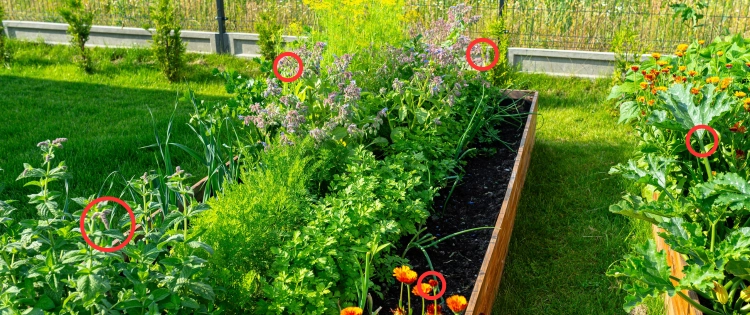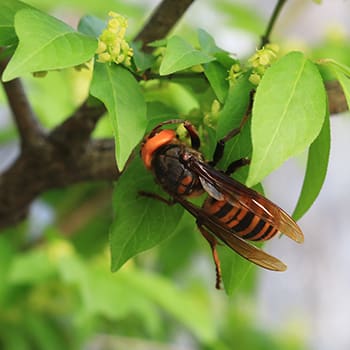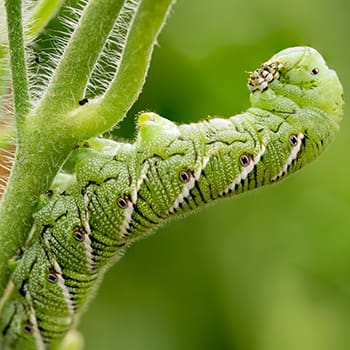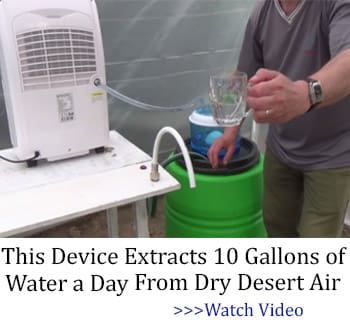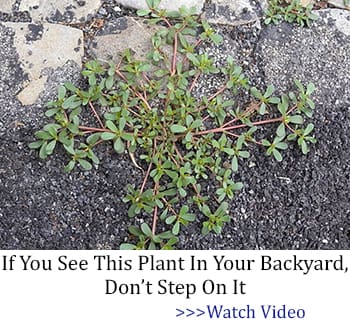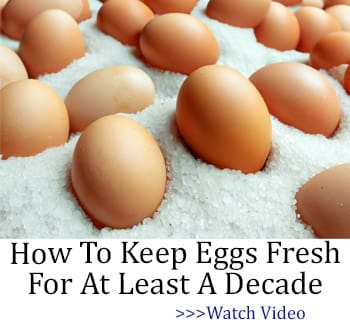While pollinators are typically viewed as allies in gardening, not all might be nice with your plants. In fact, some can wreak havoc on your carefully curated garden paradise. But fear not! In this article, I’ll shed light on eight pollinators you’ll want to keep far away from your garden.
From their destructive tendencies to the potential harm they pose to your plants, I’ll uncover why these critters are more foe than friend. So, without further ado, let’s dive into which troublesome pollinators you should be wary of as an avid homesteader.
Yellowjackets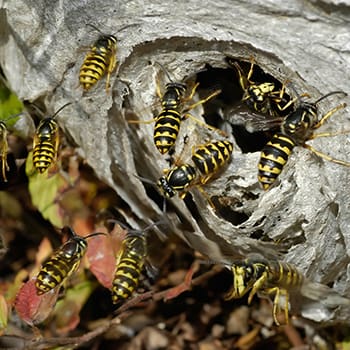
If you have a garden filled with delicious fruits, beware of yellowjackets. These flying insects can swiftly transform your fruit-filled haven into a battlefield.
Yellowjackets are drawn to ripe fruits, particularly those that have fallen to the ground or been damaged by pests. Not content with scavenging, they also enjoy destroying your precious crops. Berries, grapes, apples—no fruit is spared from their monstrous appetite.
Butterflies
Butterflies, often celebrated for their beauty, can pose unexpected threats to your garden. For instance, the larvae of the cabbage white butterfly have a voracious appetite for plants in the cabbage family, like broccoli, cauliflower, and kale. This feeding frenzy can quickly strip these crops of their leaves, compromising their health and reducing yields.
Similarly, monarch butterfly larvae exclusively feed on milkweed plants. Milkweed is crucial for supporting the monarch’s lifecycle, but its aggressive growth can invade other garden plants if left unchecked. Such competition for space and resources can diminish the development of various plant species in your garden.
Asian Giant Hornets
Asian giant hornets are infamous for their enormous size and, more specifically, their potent sting. While these critters aren’t known to affect plants or fruits directly, they can indirectly impact particular flora by disrupting pollinator populations.
For instance, Asian giant hornets may target honeybees, crucial pollinators for fruit-bearing plants like apples, pears, cherries, and berries. This reduction in pollinator population can result in decreased yields, ultimately affecting fruit production in your garden.
Housefly
Crucial pollinators of avocados and our favorite mangos, houseflies, can also risk many other plants in your garden. They are different from bees, which have specialized structures for collecting and transporting pollen efficiently.
Their hairy bodies and legs, which aid in carrying pollen, also make them carriers of various pathogens and contaminants. Consequently, as they move from one flower to another, they can introduce harmful bacteria, potentially altering the plants’ health and the fruit’s quality.
Related: Deadly Bugs For Your Crops
Manduca Quinquemaculata
Manduca quinquemaculata is a genuine pollinator for tomatoes as well as other nightshade plants like peppers and eggplants. However, despite their pollinating role, their voracious appetites as caterpillars can wreak havoc on these plants.
These caterpillars, commonly known as tomato hornworms, can defoliate entire tomato plants, leaving behind nothing but bare stems. Their large size and green coloration make them adept at blending in with the foliage, making them difficult to spot and remove.
Moths
Moths are often considered helpful friends in gardens because they’re good at pollinating plants, sometimes even better than bees. Nevertheless, not all moths are good news for your garden. Some can actually be a real pain for your plants.
Take the grapevine moth, for example. Its larvae can tear down grapevines by eating their leaves, flowers, and even the baby grapes as they grow. This excessive munching eventually weakens the vine and makes the grapes susceptible to diseases and other pests.
And it’s not just grapevines they go after. Some moths lay their eggs on different parts of plants, like leaves and stems. As the eggs hatch, the baby moths start eating the plant tissues, eventually weakening the plant’s overall health.
How to Keep These Pollinators Away From Your Garden
Getting rid of pollinators from your garden can look impossible and counterproductive, too. However, you can utilize some tips and tricks to manage troublesome pollinators and minimize their adverse impacts. Let’s explore these strategies to strike a balance between supporting pollinators and protecting our garden:
Plant Selection
To minimize the presence of troublesome pollinators in your garden, start by carefully selecting plant varieties that are less attractive to them. For example, cabbage varieties like red or savoy may be less preferred by cabbage white butterflies due to their texture or taste.
Physical Barriers
Install physical barriers such as floating row covers or mesh netting to protect vulnerable plants from pollinators like butterflies or moths. These barriers can prevent adult insects from accessing plants to lay eggs and reduce the risk of larval feeding damage.
Additionally, strategically plan your garden layout to create barriers between susceptible plants. Interplant aromatic herbs like rosemary, thyme, or sage among vulnerable crops. These strong-scented herbs can help deter pests and minimize infestations.
Natural Predators and Biological Controls
Encourage the presence of natural predators and beneficial organisms that prey on troublesome pollinators. Introduce predator insects like ladybugs, lacewings, or parasitic wasps to control pest populations organically.
Furthermore, habitat features such as flowering plants, hedgerows, or insect hotels should be cultivated to attract beneficial insects. These friendly critters serve as natural predators, helping to keep pest populations in check without the need for chemical pesticides.
Managing troublesome pollinators in your garden requires a delicate balance between supporting beneficial species and protecting your plants. By implementing strategies like careful plant selection and physical barriers, as well as promoting natural predators, you can create a thriving garden ecosystem.
Hopefully, with these tips, you’ll enjoy a bountiful harvest while minimizing the impact of harmful pollinators on your crops.
Happy gardening!
Why You Should Add Calendula To Your Garden
What You Should Do Immediately When You Find An Alligator Tree? (Video)
10 Bugs You Should Never Kill In Your Garden
If You See These Eggs In Your Backyard, Burn Them Immediately
